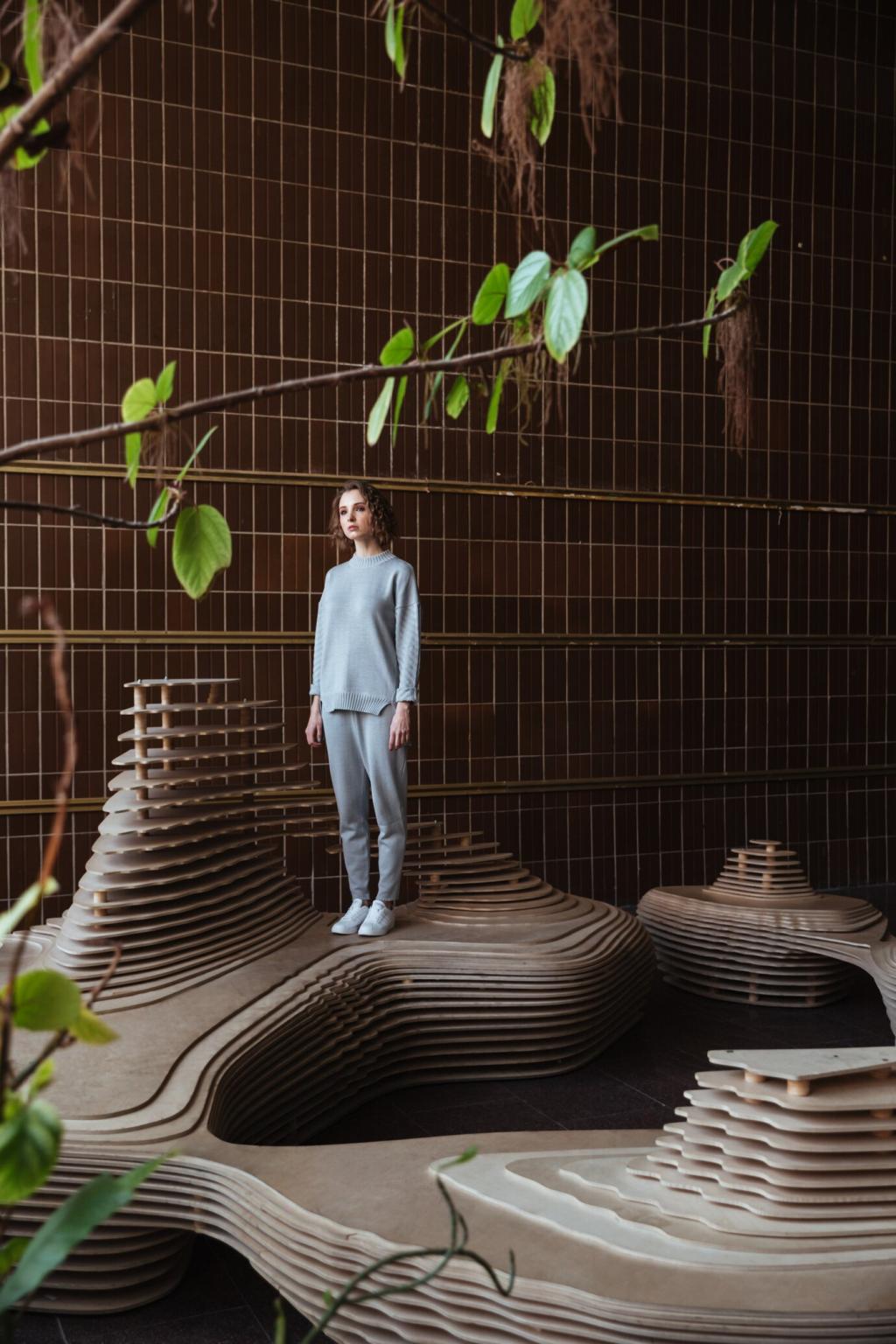Emerging Technologies in Eco-Friendly Urban Design
The growing urgency to address climate change and urbanization has accelerated the search for environmentally responsible solutions in city planning and design. Emerging technologies are empowering urban designers to create greener, more resilient urban spaces that prioritize both people and the planet. From innovative materials to intelligent energy systems, breakthroughs in technology are fundamentally changing how cities are built and operated, fostering sustainability at every stage of the urban life cycle.
Smart Infrastructure and Sensor-Driven Cities
Advancements in sensor technologies have made it possible to continuously monitor key environmental indicators across cities, such as air quality, noise pollution, water usage, and heat levels. This granular data enables municipal authorities to identify problem areas and respond swiftly to environmental threats or anomalies. Sensors can trigger alerts when pollution peaks, prompting targeted actions like traffic modulation or the activation of green systems such as air-purifying installations. Over time, this robust monitoring capability fosters a cleaner, healthier urban environment by ensuring that sustainability efforts are both proactive and measurable.

Green Building Innovations and Sustainable Materials
Modern insulation materials and building envelope technologies are significantly improving energy efficiency in urban structures. Innovations such as aerogel panels, phase-change materials, and vacuum-insulated panels help buildings maintain comfortable temperatures with minimal reliance on mechanical heating or cooling. Passive design strategies—including strategic window placement, green roofs, and dynamic facades—take advantage of natural light, airflow, and solar gain to further reduce the need for artificial energy input. This confluence of advanced materials and design methodologies yields urban buildings that are both cost-effective and climate resilient.

Photovoltaic technologies are now seamlessly integrated into the very fabric of urban buildings and infrastructure. From transparent solar windows to rooftop solar tiles and canopies over public spaces, renewable power generation is becoming an intrinsic part of city life. Innovations in energy storage—like advanced lithium batteries and flow batteries—enable solar energy captured during the day to be used at night or during periods of low sunlight. These advancements not only reduce reliance on external power grids but also offer resilience in the face of climate-related disruptions.
